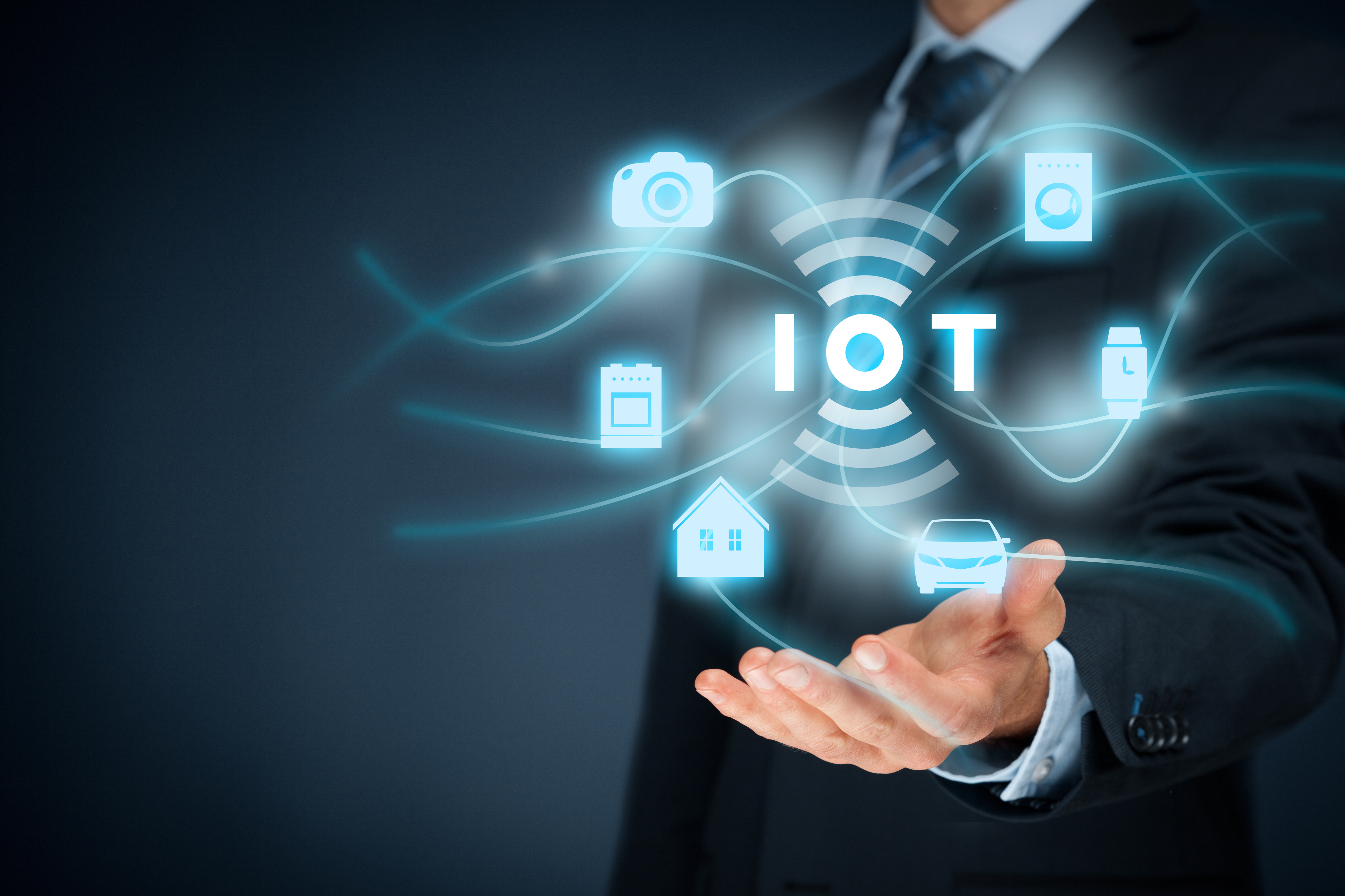What was once science fiction has become reality when it comes to wearable technology; but what is the actual cost when it comes to privacy?
Technology is progressing at a pace few of us could have envisioned as recently as a decade ago and that is especially true when it comes to the topic of wearable tech. Early heart monitors were strapped to the chest and were unwieldy. Now the Fitbit, worn on the wrist, is ubiquitous and does much more than simply measure the heart rate, including your quality of sleep, how many steps taken, and other personal metrics regarding fitness.
When you decide to use these wearable tech items for yourself, that’s one thing; but what about when your employer decides it wants you to use these items? In a recent IdeaXchange blog, Jane Clark, Vice President of Member Services for NationaLease, deals with the many aspects of this issue.
Jane cites this statistic from a recent NationaLease meeting: In 2016, companies gave employees 202,000,000 wearable devices and that number is expected to reach half-a-billion by 2021. These “working wearables” include:
- Smart clothing, glasses and watches
- Activity monitors
- Bluetooth headsets
- Audio earbuds
- Medication delivery products
- Imaging products
- Biometric sensors
- And others
As Jane points out, these devices can be helpful in issues like detecting if a driver is becoming drowsy or may be falling asleep. It’s also helpful in identifying early symptoms of illnesses like heart disease and diabetes, two of the most prevalent diseases affecting truck drivers. But how do you keep the data transmitted by such devices from being misused by an “overzealous HR department?” Although the use of working wearables may often be optional and at the discretion of the employee, HR may overly “encourage” its usage. There are also questions as to whether the data provided falls under HIPAA which protects medical information from being disseminated to non-patients without express permission.
Not all devices are concerned with health. Some, like armband trackers, GPS tags and remote meeting aids definitely can increase efficiency, making better use of employee time and also letting employers know exactly where their employees are at any given time during the workday. And therein lies the problem. For a number of people, this all has a scary “big brother” feel to it. Is there ever an expectation of privacy in the workplace; will some of these devices be used to “spy” on employees?
For these reasons, Jane suggests that companies that use these devices create policies governing the usage both of the device and the data supplied. Most important is to decide who owns the device and the data, along with how the data is stored and used and who has the permission to access the data. Employers need to develop a code of conduct to cover these issues.
For more details on this very important and expanded issue, read Jane’s full blog.





